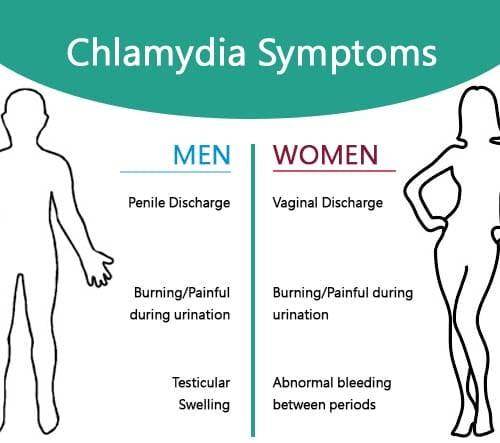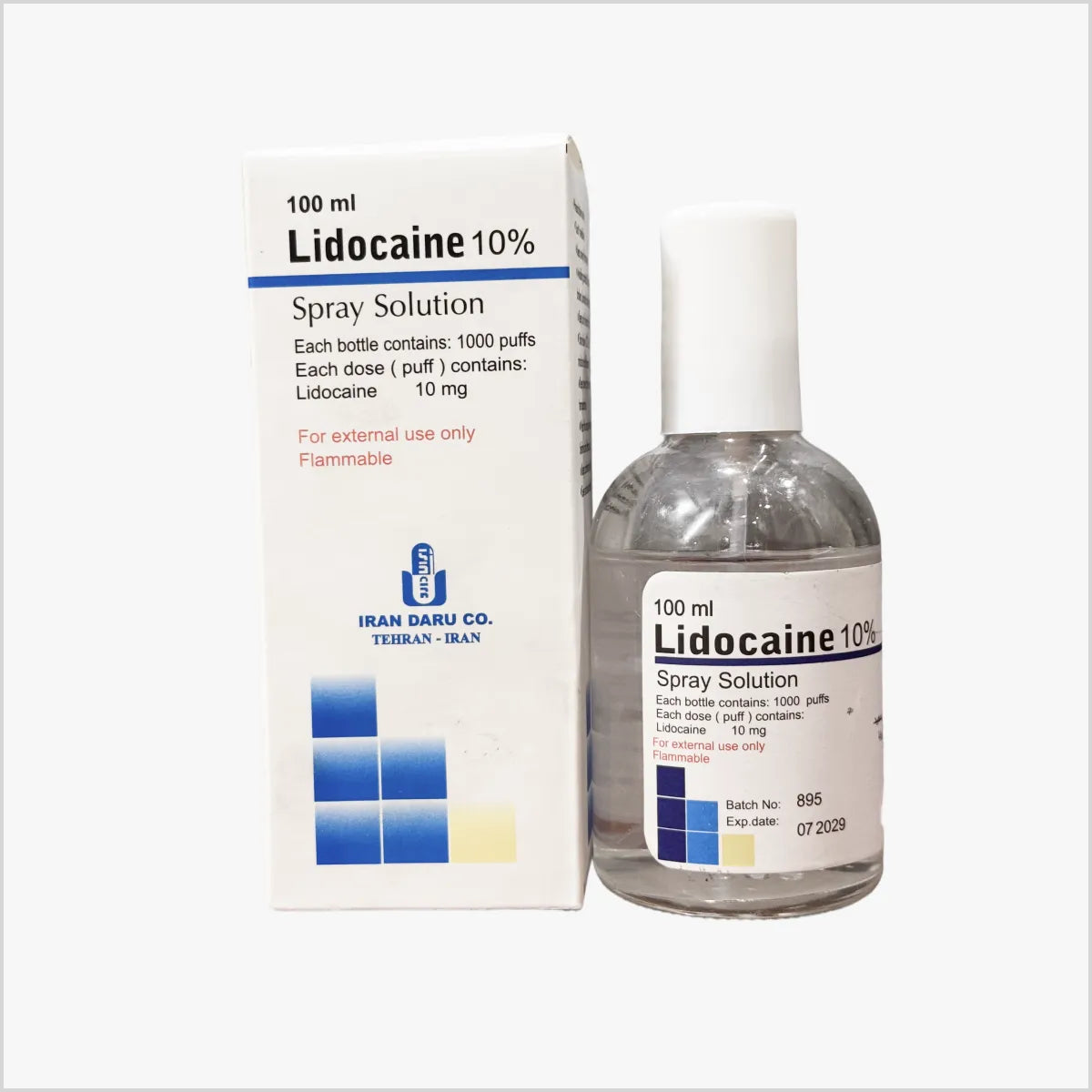🟢 Open: Monday to Saturday 2 to 8 PM. Location: House 59A, Block C1, Gulberg 3, Lahore.

Chlamydia Treatment Clinic & Cost
You may also like
Chlamydia is one of the most common sexually transmitted infections (STIs) worldwide, often referred to as the "silent intruder" due to its subtle or even asymptomatic nature. This insidious infection is caused by the bacterium Chlamydia trachomatis and can affect both men and women. Understanding chlamydia, its symptoms, risks, and prevention is crucial in maintaining sexual health.
The Stealthy Nature of Chlamydia
One of the most challenging aspects of chlamydia is that it frequently presents no noticeable symptoms. This means that infected individuals can unknowingly transmit the infection to their partners, which makes regular screening and safe sexual practices essential.
Common Symptoms
When symptoms do occur, they typically manifest within one to three weeks of exposure. Common symptoms in both men and women may include:
1. Abnormal Discharge: Men might notice unusual penile discharge, while women can experience an increased vaginal discharge.
2. Painful Urination: A burning sensation during urination is a common complaint for those with chlamydia.
3. Pelvic or Abdominal Pain: Women may experience lower abdominal or pelvic pain.
4. Painful Intercourse: Some individuals may find sexual intercourse painful due to the infection.
Health Risks and Complications
Untreated chlamydia can lead to several health complications:
1. Pelvic Inflammatory Disease (PID): In women, chlamydia can cause PID, which may result in scarring of the fallopian tubes, potentially leading to infertility or ectopic pregnancy.
2. Infertility: In men, untreated chlamydia can cause epididymitis, which can affect sperm motility and fertility.
3. Increased HIV Susceptibility: Chlamydia can increase the risk of contracting or transmitting HIV.
4. Eye Infections: Chlamydia can also cause eye infections (trachoma) and is a leading cause of preventable blindness in some parts of the world.
Prevention and Protection
Preventing chlamydia primarily involves adopting safe sexual practices:
1. Condom Use: Consistent and correct condom use during sexual activity can significantly reduce the risk of chlamydia transmission.
2. Regular Testing: If you are sexually active, getting tested for chlamydia and other STIs regularly can help detect and treat the infection in its early stages.
3. Mutual Monogamy: Reducing the number of sexual partners and being in a mutually monogamous relationship can lower the risk of infection.
4. Partner Testing: Encouraging your sexual partners to get tested for chlamydia and other STIs can further reduce the risk.
Conclusion
Chlamydia, the "silent intruder," is a widespread and often asymptomatic STI that can have serious consequences if left untreated. Protecting your sexual health means embracing safe sex practices, regular testing, and open communication with sexual partners. Raising awareness and understanding of chlamydia is vital in combating its prevalence and ensuring a healthier future for all.

Burhan Ahmed, MD
MBBS, MD (USA), MACP (USA), MSc Dermatology (UK)
Member, American Medical Association
Member, American College of Physicians
Member, Royal College of Physicians
American Academy of Aesthetic Medicine





